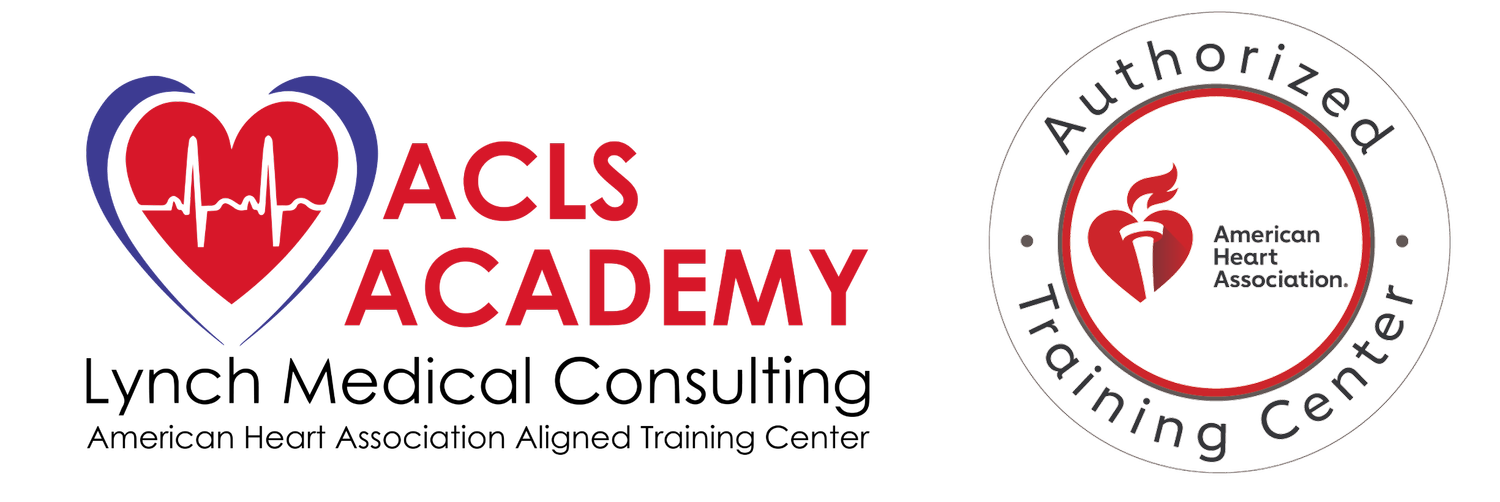What do Kareem Abdul-Jabbar, Ellen DeGeneres, President Biden, Gene Simmons, Larry Bird, and Billy Jean King have in common? Atrial Fibrillation, aka AFib. Even the Rocket Man, Sir Elton John, has AFib, which affects an estimated 2.7 to 6.1 million people in the United States alone at any given time. It also causes about 450,000 hospitalizations annually, contributing to approximately 158,000 deaths yearly. Additionally, as the population grows older, the number of cases is expected to rise; experts estimate there will be 12.1 million cases in the U.S. by 2030.
In 2007, StopAfib.org started Atrial Fibrillation Awareness Month in September to raise awareness of AFib so people get diagnosed and treated before a stroke. The organization worked with medical societies and the United States Senate to designate September National Atrial Fibrillation Awareness Month in 2009.
What is AFib?
AFib is the most common type of irregular heart rhythm (arrhythmia). During arrhythmias, the heart may not be able to pump enough blood to the body, and lack of blood flow can damage the brain, heart , and other organs. Atrial fibrillation is the most common heart irregularity or cardiac arrhythmia due to a heart’s electrical system malfunction.
There are three Types of Atrial Fibrillation:
Paroxysmal refers to AFib that comes and goes on its own. The AFib may last seconds, minutes, hours, or even several days before the heart returns to its normal rhythm. People with this type of AF may have more symptoms than others. As the heart goes in and out of AFib, the pulse rate may change from slow to fast and back again in short periods.
Persistent is when the AFib does not stop by itself and lasts for more than seven days. Medications or a special electrical shock (cardioversion) are needed to help the heart return to a normal rhythm. If no treatment is given, the heart will stay in AFib. If the persistent AFib lasts for more than one year, this type of AFib is called long-standing persistent AFib.
Permanent is when a normal heart rhythm cannot be restored. Medications, procedures, and controlled electrical shocks do not help return the heart to a normal rhythm.
Atrial fibrillation is generally not life-threatening, and many people live normal, healthy lives with this condition, but it can be uncomfortable and often needs treatment. Since the blood does not properly move from the atria into the ventricles and then onto the rest of the body, it can starve the body of oxygen-rich blood, leaving you feeling weak, tired, or even incapacitated. Even more serious is that the blood in the atria can pool and create blood clots, which may spawn in the rest of the body, causing a stroke or heart attack. Stroke is the number three killer and the number one cause of permanent disability. AFib can also overwork the heart and cause heart failure over an extended period.
Symptoms of AFib:
Some people who have AFib do not know they have it and do not have any symptoms. Others may experience one or more of the following symptoms:
Feeling over-tired or not having energy (most common)
Having a faster than usual pulse or changes between fast and slow.
Being short of breath
Experiencing heart palpitations (feeling like your heart is racing, pounding, or fluttering)
Having trouble with everyday exercises or activities
Experiencing pain, pressure, tightness, or discomfort in your chest
Feeling dizzy or lightheaded
Fainting
Having to use the bathroom more often (increased urination)
Risk factors for AFib?
The risk for AFib increases with age. High blood pressure, the risk for which also increases with advancing age, accounts for about 1 in 5 cases of AFib.
Advancing age
High blood pressure
Obesity
European ancestry
Diabetes
Heart failure
Ischemic heart disease
Hyperthyroidism
Chronic kidney disease
Moderate to heavy alcohol use
Smoking
Enlargement of the chambers on the left side of the heart
Quality of Life Issues from Atrial Fibrillation
In addition to increasing the risk of stroke and heart failure, AFib can affect quality of life, too. One way is through leading to cognitive decline and dementia. The medical industry is learning more about AFib’s role in developing dementia, and it is still very early in our understanding.
Treatment for AFib
There are several treatment options for AFib based on several factors, including symptoms, the type of AFib (such as paroxysmal or persistent), and the cause of the AFib. Options include:
Medicines to control the heart’s rhythm and rate.
Blood-thinning medicine to prevent blood clots from forming and reduce stroke risk.
Surgery
Medicine and healthy lifestyle changes to manage AFib risk factors.
Listening to your body and paying attention to your symptoms is crucial. If you experience any of the symptoms we have noted, discussing them with a health care professional is essential. Only they can determine whether the symptoms indicate AFib or another medical condition. Seeking medical attention early may help reduce the risk of AFib contributing to a more severe condition such as stroke. You must do what is best for you and your health now.

